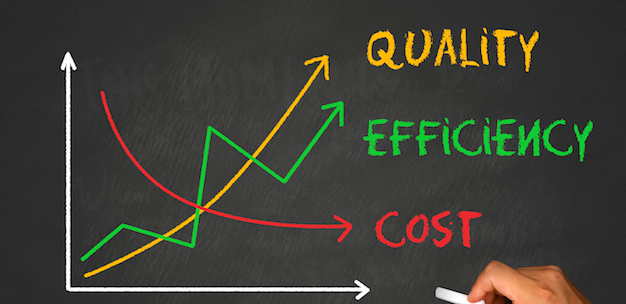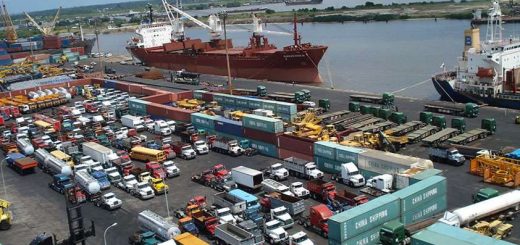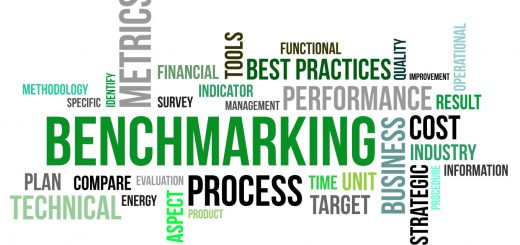Tips For Reducing Supply Chain Logistics Cost In 2018

What is Supply Chain?
A supply chain is a network of businesses, individuals, and activities involved in the creation and delivery of a product or service to the end customer. It encompasses all activities required to move a product or service from raw materials to the end consumer, including procurement, manufacturing, transportation, storage, and distribution.
One of the major objectives of organizations is to effectively manage and reduce unanticipated logistics cost in their supply chain to a level that guarantees profitability and customer satisfaction. Unexpected delays can have negative effects on your logistics objectives, but there are ways to increase its efficiency. With a clear understanding of the dynamics of cost management, the following tips offer timeless opportunities and clues for effectively managing logistics cost:
-
- Understand Customer Needs: One of the major steps towards reducing cost in your supply chain this year is to identify customer needs correctly. Any lack of understanding in this regard will lead to either over-servicing your customers by deploying more resources (which goes with a higher logistics cost) or under-servicing them which will prompt dissatisfaction and customer attrition which is bad for business. More than anything else, you must understand that customers pay for the value you offer in service – especially when it helps them run their business better. Everyone in your team must understand this and work in tandem with your supply chain strategy for maintaining it
-
- Manage Time Better: One of the most effective ways of keeping your supply chain logistics cost down is effective time management. If you agree that time is money, then you must pay keen attention to the time span between order and delivery. For 3PL providers like Fortune Global, the most important objective for us is to deliver within designated timeline because we understand the cost implications of delays in paying third-party charges like shipping and terminal, duty payment and other documentation charges required to clear shipments with regulatory bodies before delivery can be done. Such delays will incur high demurrage charges and increase your logistics cost
-
- Clarify Objectives: Clearly established and well-communicated objectives help to then define the most suitable strategies for running your business and meeting customer expectations. Strategy driven by customer-oriented objectives will encourage cross-unit collaborations towards the common goal and break-down costly inter-departmental silos
-
- Plan Your Sales Operations: Efficient and productive sales and operations plan do not depend on expensive software or overrated Enterprise Resource Planner. The truth is that these expensive systems need very efficient processes to drive them. That is exactly why many such installations have failed and become huge cost concerns for today’s organizations. My argument is that: effective sales and operations plan is largely determined by carefully designed processes that facilitate unimpeded information flow among staff at all level; between the organization and its customers. A process that brings everyone together under a structured, single plan that is defined across functional departments. The goal is to guarantee customer satisfaction and retention, which is a far less expensive endeavour than running after lost ones
-
- Get Your Supply Chain Network Design Right: The more efficient a supply chain network design, the easier it is to reduce the cost of your supply chain logistics. An effective supply chain network design will help to minimize the costly risk of errors in material handling, storage transportation and delivery. Poor network design will lead to excessive handling, too many stock locations and poor utilization of distribution centres. The result is high cost of distribution, poor customer service and high customer attrition rate. To avoid these costly outcomes, clearly establish customer locations and lead time service expectation, forecast demand, pay attention to facility cost, inventory cost, transportation cost and current service performance.
-
- Engage High-Flying 3PL Providers: Entering into a strategic partnership with a very competent 3PL provider is particularly key to ensuring that your logistics is managed better, faster and at a very profitable cost. This will allow you to focus on managing your core business while the logistics of your business is outsourced to your 3PL provider of choice. This provider will deploy the requisite resources, capacity and expertise to handle the intricacies of your logistics (pick-up, packaging, freight coordination, handling, documentation and delivery) across (to and from) domestic and global locations
-
- Achieve More with Less: Using a few assets to optimize your everyday logistics target is a lot better than incurring needless logistics cost with a vast array of under-utilized assets that brings little or no returns on investment. Examples will include more staff and vehicles (delivery trucks for instance), than necessary for your day to day operations
-
- Track & Measure Performance: Though methods of tracking and measuring performance vary from organization to organization, there are standard KPIs for measuring and determining logistics success or failure. According to the World Bank, the standard KPIs include: efficiency, quality of distribution facility, pricing, visibility and quality of delivery. May I also add that the execution of projects within designated timeframe is a key consideration for measuring logistics performance in relation to cost management
The most important objective for tracking and measuring logistics performance is to improve service delivery and minimize logistics in doing so.
In conclusion, note that all the areas stated above require keen attention and must be considered for the effective management of your logistics cost this new year. While some organizations have fared better than others in these areas, there are many others who have either failed to identify with key cost management considerations or indecisive about adopting them. However, whatever side of the divide an organization finds itself is either you’re saving or losing money depending how you manage and reduce your supply logistics cost and what principles you apply in the process.



